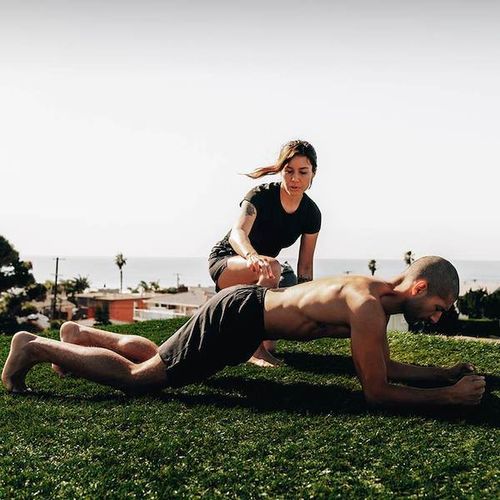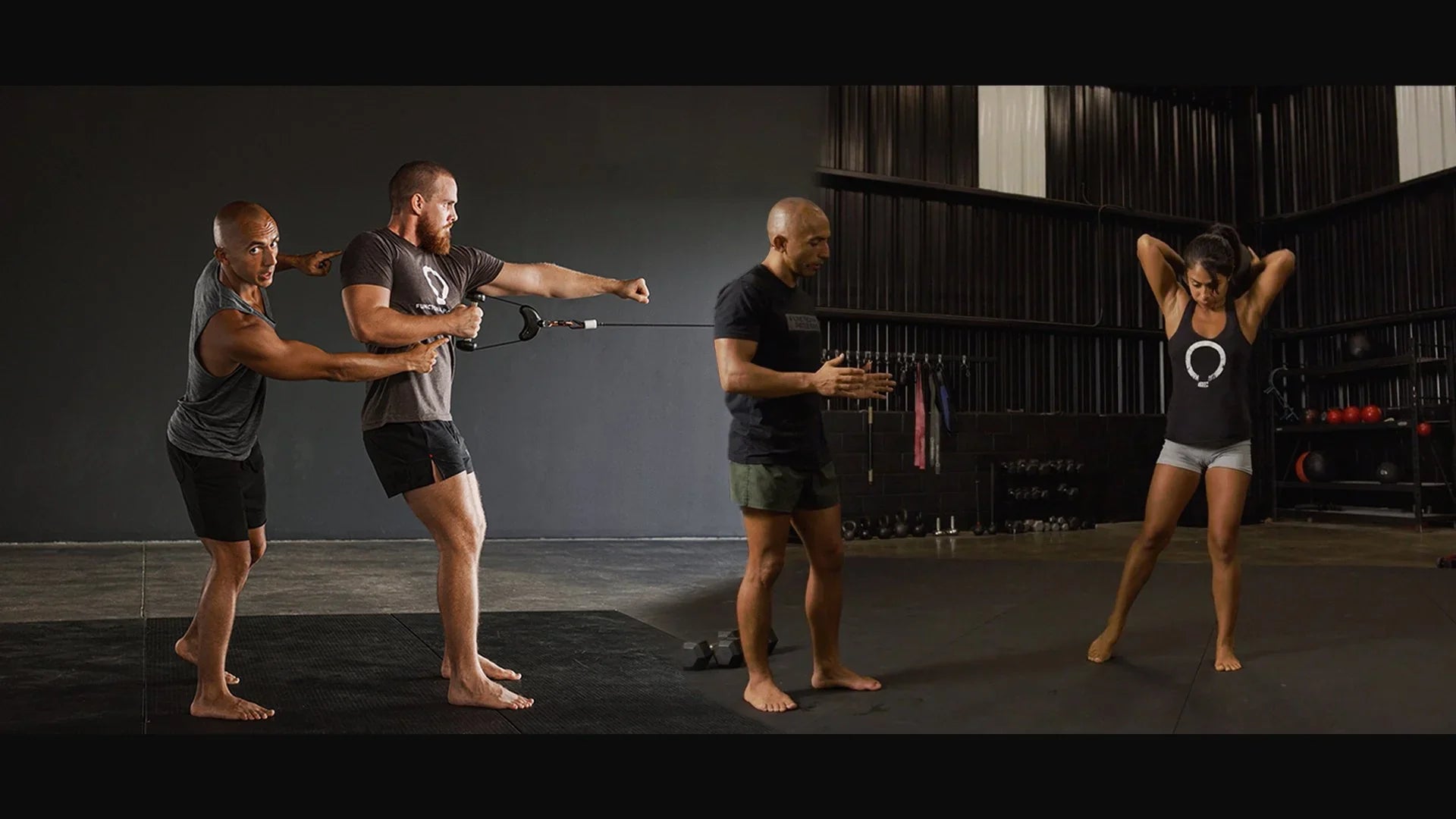Introduction
A kyphosis of the spine is an exaggerated outward curvature of the thoracic region of the spine resulting in a rounded back. This condition is sometimes known as roundback or even hunchback in more severe cases. While kyphosis is mostly associated in the upper back, it can also occur in the neck or cervical spine, and the lower back or lumbar spine.

Perhaps you’ve seen it in classmates, coworkers, family members, friends, or you can even recognize it in your own back. It can feel difficult to fully extend the spine or stand up completely straight. Cervical kyphosis, or more commonly known as tech neck, results in forward head posture and a hump at the base of the neck, a position we commonly enter as we spend more and more times on our phones.
Kyphosis can be a painful and frustrating challenge, one that seems to have minimal options for treating. Weightlifting or weight training is the general practice of working out with weights with the intent to strengthen the muscles of the body. Naturally, one would think that working with weights to train the back should then lead to a decreased curvature in their spine. There are even specific weight training exercises designed to address poor posture in the back, however we will be questioning whether or not these are effective in straightening the spine and reducing the pain caused by kyphosis.
What Causes a Kyphosis?
A kyphosis of the spine can be caused by a disease like Scheuermanns kyphosis that is a type of spinal malformation that occurs during growth. This disease develops in teenagers while the bones are still growing and mainly affects the upper and middle areas of the spine.
Most frequently in the elderly population a kyphosis can also be provoked by a disc degeneration or osteoporosis.
In most cases an excessive rounded back might be the result of a habit to lift heavy loads (at work for example) in a non optimal way, a habit of constantly holding yourself in a poor posture or even an excessive amount of strength training done incorrectly.
The outcome is that the imbalances in your body (muscles and other tissues) are stopping your from having an optimal alignment of your spine.
Is Sitting Making it Worse?

As many people spend most of their working days sitting in front of a computer with internally rotated shoulders and rounded upper backs it is fair to wonder if correcting the way we sit down could help. At Functional Patterns we don’t think that sitting at a desk is the main cause of your rounded upper back. Sitting down for hours on end is not going to help your postural kyphosis but what causes you to stay stuck in that posture is how much you stress your body while being in a seated position.
When the world was a much more dangerous place and you could be chased by a lion your body’s stress-response would be to release energy (in the form of glucose, proteins and fats) and deliver it rapidly to critical muscles so your heart rate, blood pressure and breathing rate increases all to transport nutrients and oxygen at greater rates so you could run and escape as fast as possible. After the threat being away from you all those variables would get back to normal (reference: Why Zebras don’t get ulcers by Robert Sapolsky).

In modern times our body’s stress-response is exactly the same with a slight detail: we are not running anywhere. We stress out while sitting down and usually we keep ourselves in that stressed out state for long periods of time. As a consequence, instead of using your leg muscles and all this influx of energy to run, your body translates it into tensions in your back muscles and hip flexors (amongst other issues). The more time you spend stressing your body in this rounded back posture the harder it’s going to be to get out of it.
Same goes with your sleeping position, these two passive activities should not be your main focus. The way to not worry about your kyphosis when sitting or sleeping is to address your general pattern of movements and address your body as system. If you can move better and dynamically hold a neutral upper back you can then sit better and rest better.
Where Traditional Weightlifting Falls Short
You will find kyphosis exercises all over the Internet involving techniques of weight training exercises for the back and also some type of stretches.

The most commonly found back strengthening training exercises are: rowing (standing or sitting down), back extensions, the good morning or the lat pulldown.
If we take a closer look at those exercises we realize one common thing: they are all very isolated and they are not taking into account the rest of your muscle chains and their connections to your upper back. At Functional Patterns we consider the body as a whole chain with all parts connected to each other. You cannot fix a kyphosis of the spine without considering for example the position of your pelvis relative to your upper back or the position of your ribcage relative to your upper back.
Some of the cues most commonly given to execute these exercises for kyphosis can cause more harm than good. Instructions like squeeze your scapula together or retract your shoulders back excessively could disengage your pectoral muscles at the front of your body and cause some shoulder issues like shoulder impingement.
How to Efficiently Fix Your Kyphosis
As stated before any weight training exercises for the back needs to be contextual and consider a bigger picture than just your back on its own.
Where the most commonly used exercises for kyphosis also miss the point is that they are training your body in only one plane of motion: the sagittal plane. Your body is a structure that moves in multiple directions at the same time and while not considering the transverse plane of motion for example (rotational movements) the typical back strengthening exercises are missing very important variables.
As humans we have evolved while prioritizing movements like running and throwing, both functions involve rotations of your joints relative to one another. Functional Patterns method obviously uses a type of weight training exercises to help correct kyphosis but our exercises are designed to involve as many variables as possible. An effective exercise that addresses most of these variables at FP is the contralateral step pull for example. By executing properly this exercise you involve all the back chain of your body (back muscles and leg muscles) and also the connection with the front of your body (abdominal muscles, arms etc). The more muscles involved in fixing your upper back posture the more sustainable it will be.
The best way to fix your kyphosis is to address your body as a system by not only focusing on your upper back but on how your whole body operates in space.







